DOG TRAINING OFFERED IN-PERSON AND ONLINEOur dog training services are delivered in almost any format that meets your needs. We have GROUP CLASSES at our indoor and outdoor facilities on our farm, ONLINE LIVE STREAMING classes, and SELF-PACED VIDEO-BASED training through our Online Dog Training Course. Our PRIVATE TRAININGS can be done in-home, outside, in public dog-friendly locations, at our facility on our farm, online via phone or video conferencing and through email. |
Working with shelters and/or rescue groups has always been a part of my work in helping dogs.
I recently conducted a behavior consultation with a Greyhound in the Colorado Greyhound Adoption (CGA) foster program. At 6 years old, she has been relinquished twice due to issues with the other household dogs. Since we don’t have the details of what happened in her adoptive homes, we have to make our best determination as to what is happening with her. The better we are able to identify the specific triggers for her, the easier it will be for us to address the issues.
Her current foster home has one resident Greyhound and another foster Greyhound, both females. Both previous homes had female dogs as well. According to the current foster family, growling and potential issues seem to occur most often at doorways and when other dogs get face-to-face with her.
She seems to be very playful at times, but her play can be a bit rough – more like a lab than a typical Greyhound! She is not a good candidate for dog parks, but she might do well in a home with a young playful male dog who has a similar play style but good social skills. One of her issues, I think, is her inability to adjust her play so a playmate with a similar play style would be a good option for her. Another option would be for her to live in a single-dog household with the option of either playing with human family members and/or play dates with a compatible dog.
Another of her issues is at doorways, which are often high arousal situations and a common location for dog-dog fights or altercations to occur. This issue is often easy to manage by teaching dogs to wait for permission to enter/exit doorways and never allow multiple dogs to charge through at the same time. This can eliminate the competitiveness and arousal at doorways.
The other issue is when dogs get in her face. From the dog’s perspective, charging head-on up to another dog is considered rude at best, a challenge or confrontation at worst. As with doorways, our goal here is to manage and control dog-dog interactions so that dogs are not allowed to charge up to her head-on. When meeting new dogs, the best option for her is to take a brief walk with the other dog so she can become acclimated gradually and in a non-confrontational way.
Once we started working with her, we realized that someone had taught her a few things already: sit, down and possibly wait. The most important thing for her to learn was a wait for permission to go through doorways, eat her meals, or other things that might cause excitement or high arousal around other dogs.
The foster family will work with her on these things and CGA will work to find the right match for her in a new home. I think her chances of success at her next home are very good if her new family remembers to ask her to use some self control and they are careful to manage situations that might be stressful for her.
Our goal is to positively impact the lives of as many dogs and their families as we can, in part through our extensive library of video, infographics and text articles. |




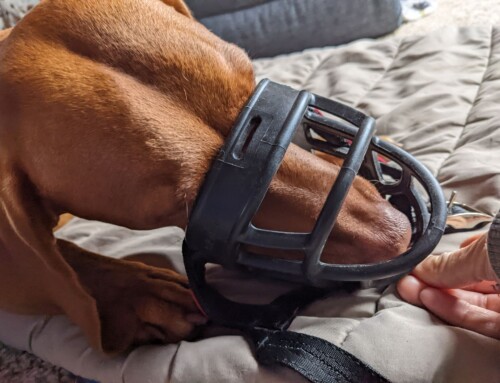
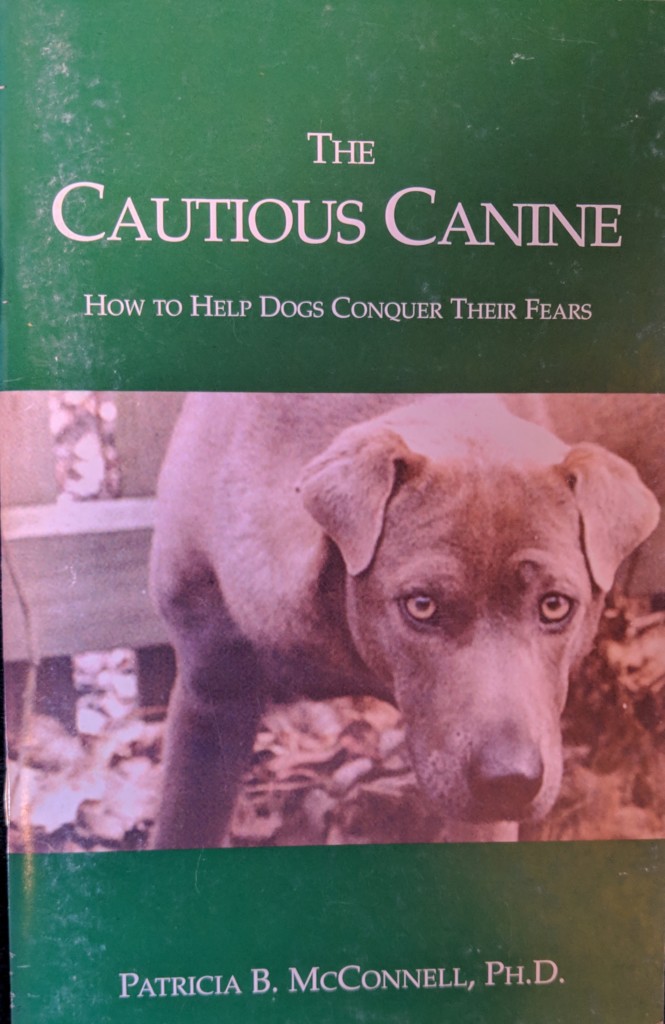
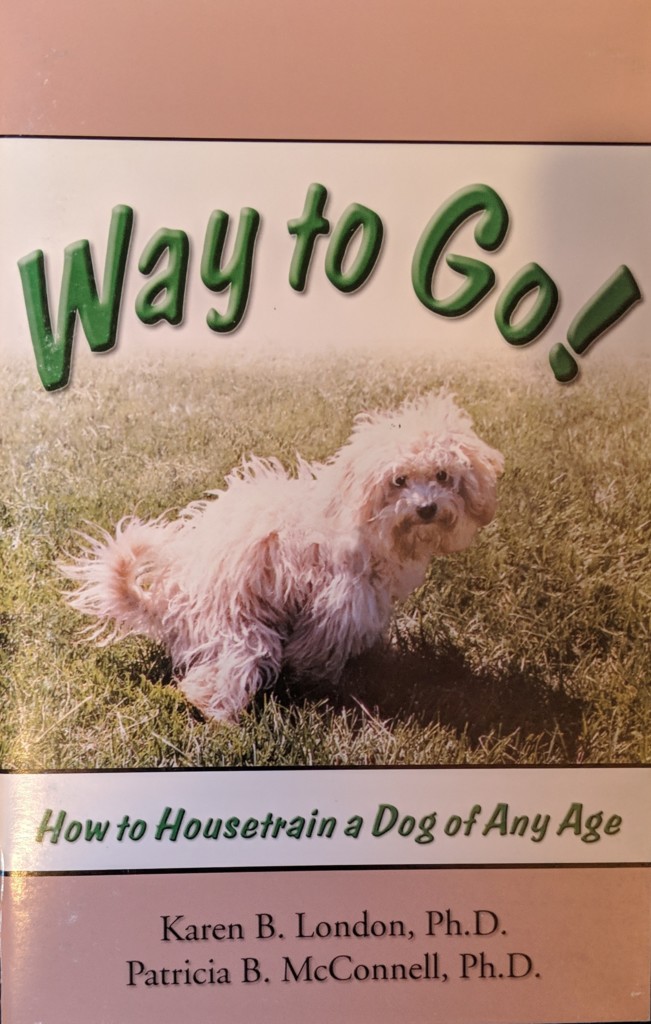
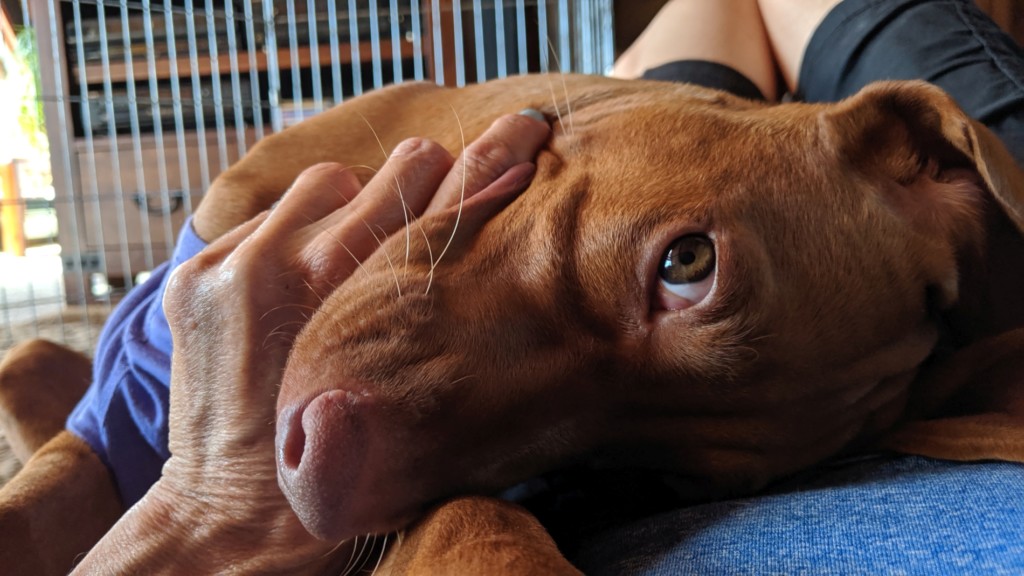
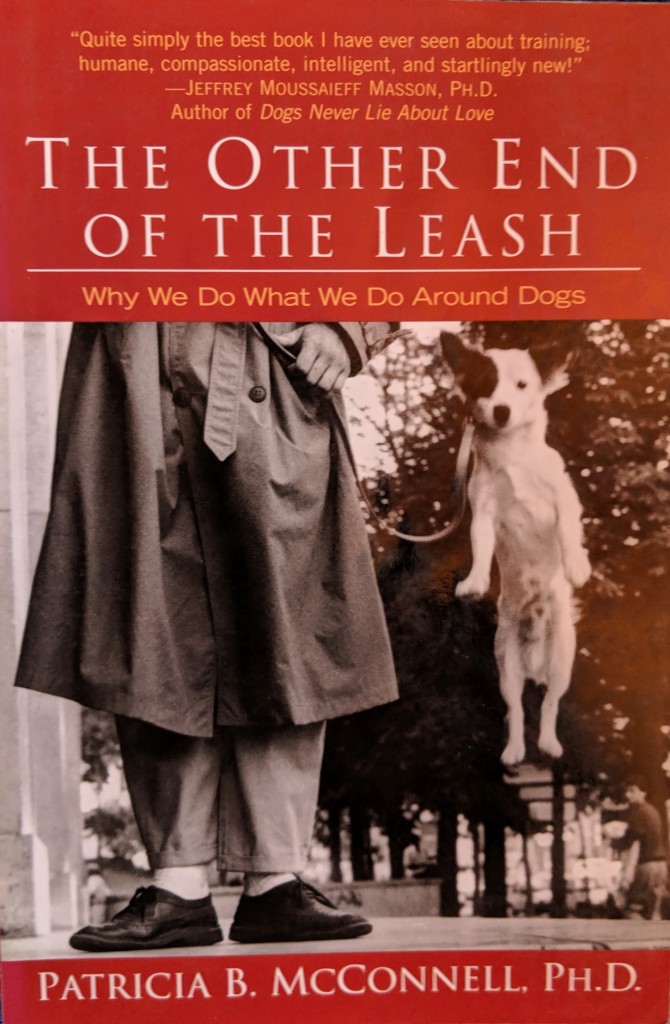
Leave A Comment